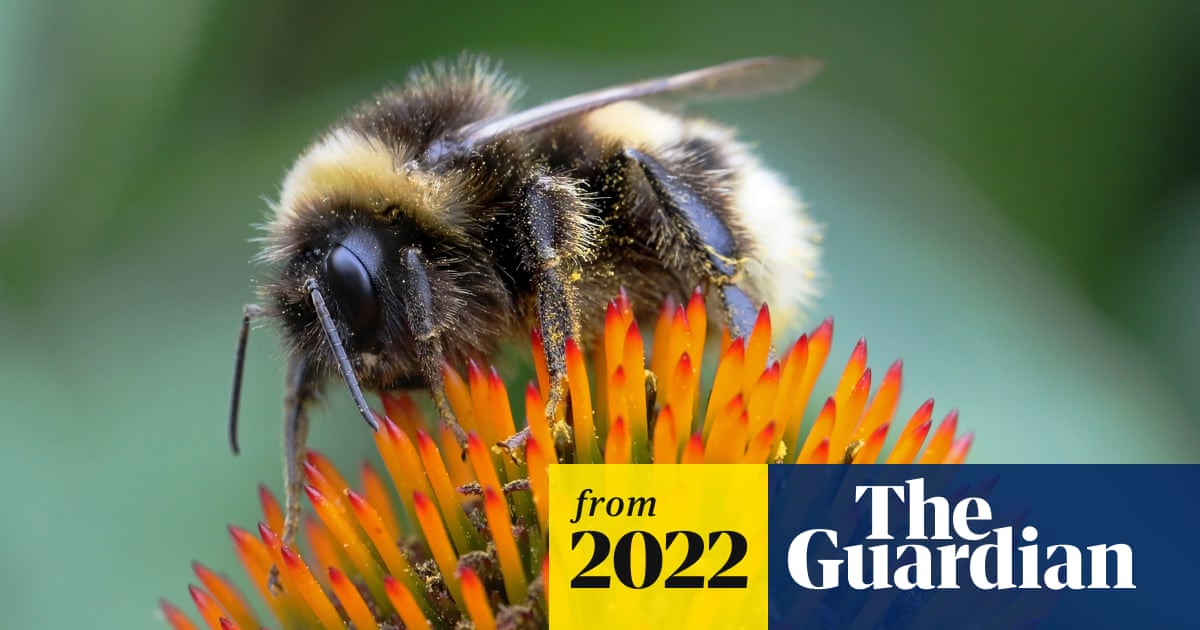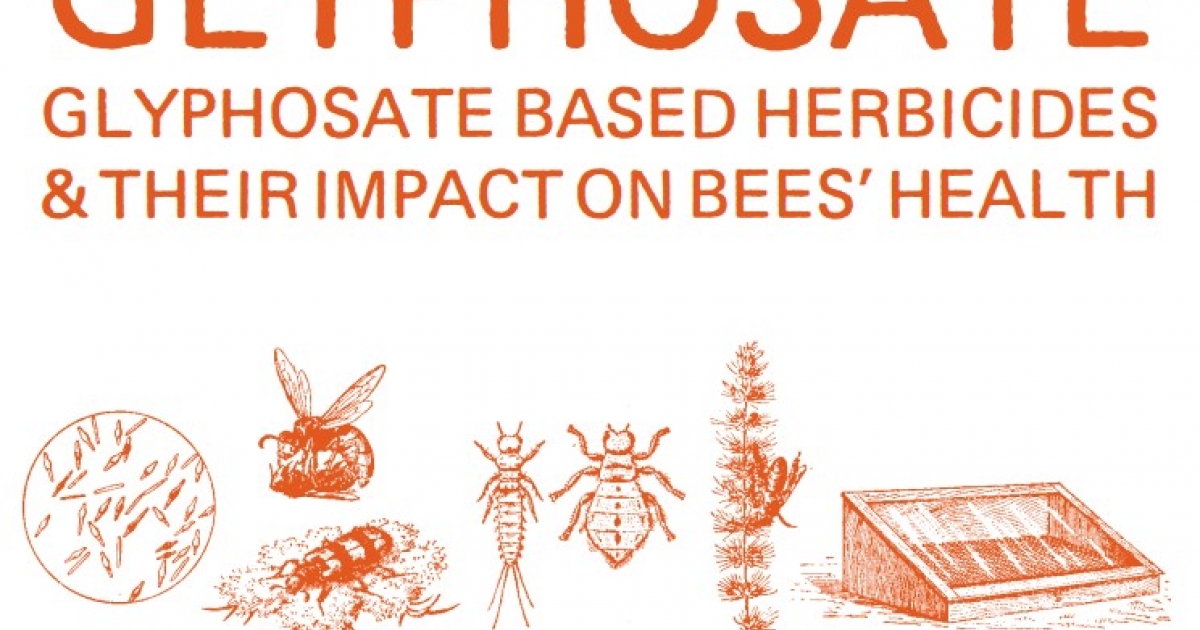Olderisbetter
Member
- Messages
- 3,961
- Location
- Wolverhampton
I have read about.people using white vinegar watered down to kill weeds and ivy, I want to buy some white vinegar but what strength should I be looking for?
works well apart from mares tail it kills the top off no probs but comes back the next yearThe weedkilling bit vinegar is acetic acid - most normal vinegar is only 5% acetic acid.
You can buy acetic acid with 30% concentration for about £13 for 5ltrs if you hunt a bargain out.
(you can buy concentrations upto 80% if you wanna pay more)
Fairy liquid works as a "wetting agent" - salt kills everything forever!

works well apart from mares tail it kills the top off no probs but comes back the next year
and the rain dilutes it and spreads it all overAnnoying shrubs etc? a bit of Diesel tipped on and around it

What safety issues have been raised over glyphosate by HM Government ?Ammonium Sulphamate, a dash of soap. Its systemic so kills the roots as per Glyphosate but without the questionable safety issues surrounding it.
True enough, but most of my plant killing involvement has been on a fairly rough basis without the need to bother about any consequencesand the rain dilutes it and spreads it all over
Studies have also shown that it has adverse effects on bees. It doesn't kill them but causes their gut bacteria (which they rely on) to die. It also effects their ability to regulate hive temperature (critical) along with other effects. So it doesn't kill them directly, just removes what they need to survive.The IARC (international Agency for Research into cancer) and others havd highlighted tgag its probably carcinogenic, persists in nature, has residue in food, has links to elevated non hodkinson lymphoma and causes developmental issues. However, the US FPA says its unlikely to cause cancer.
Ammonium Sulphamate has none of the above questions hanging over it so why take a risk?
Just one of many studies
Toxic Effects of Glyphosate on the Nervous System: A Systematic Review - PMC
Glyphosate, a non-selective systemic biocide with broad-spectrum activity, is the most widely used herbicide in the world. It can persist in the environment for days or months, and its intensive and large-scale use can constitute a major ...pmc.ncbi.nlm.nih.gov



We have loads of invasive Himalayan Balsam around here. Almost impossible to spray, too much and it is interwoven with native species. It pulls easily, but is often growing through brambles on steep hillsides and streams. It's an annual, so if you pull it before it seeds, it will go away, eventually.Best get a goat

